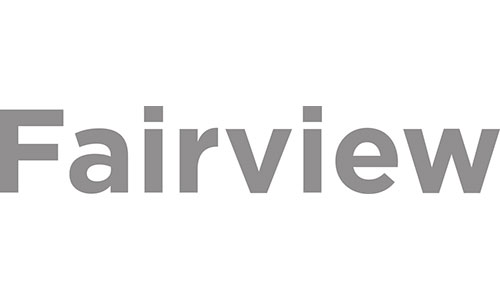
In our last post, we shared the details regarding the second action in the Inbound Methodology, Convert. You’re on the right track. You’ve attracted the right visitors and converted the right leads, but now you need to transform those leads into customers. How can you most effectively accomplish this feat?
 Close
Close
Certain marketing tools can be used at this stage to make sure you’re closing the right leads at the right times. The tools involved aren’t necessarily the most “hands on” or “sexy”, but become some of the most useful in the process of this methodology. Some of it even becomes easier to manage as these leads are now in our funnel and ready for more.
Closing tools include:
CRM.
Keep track of the details about all the contacts, companies, and deals in your pipeline, and easily get in touch with the right prospects at the right time. Customer Relationship Management (CRM) systems facilitate sales by making sure you have the right information at your fingertips to better engage with prospects across every channel.
Closed-loop Reporting.
How do you know which marketing efforts are bringing in the best leads? Is your sales or account team effectively closing those best leads into customers? Integration with your CRM allows you to analyze just how well your marketing and sales teams are working together and that they are on the same page as you are.
Email.
What do you do if a visitor clicks on your call-to-action, fills out a landing page, or downloads your whitepaper, but still isn’t ready to become a customer? A series of focused emails on useful, relevant content can build trust with a prospect and help them become more ready to buy. Some are just a little harder to lead to your trough, but you can eventually get them there.
Marketing Automation.
This process involves creating email marketing and lead nurturing tailored to the needs and lifecycle stage of each lead. For example, if a visitor downloaded a whitepaper on a certain topic from you in the past, you might want to send that lead a series of related emails. But if they follow you on Twitter and visited certain pages on your website, you might want to change the messaging to reflect those different interests. Creating “workflows” that take into account the behaviors of your ideal personas works well here.
In our last blog post in this series, learn more about the Delight phase and its role in the Inbound Process. If your would like to know more before our next post, feel free to let us know.



